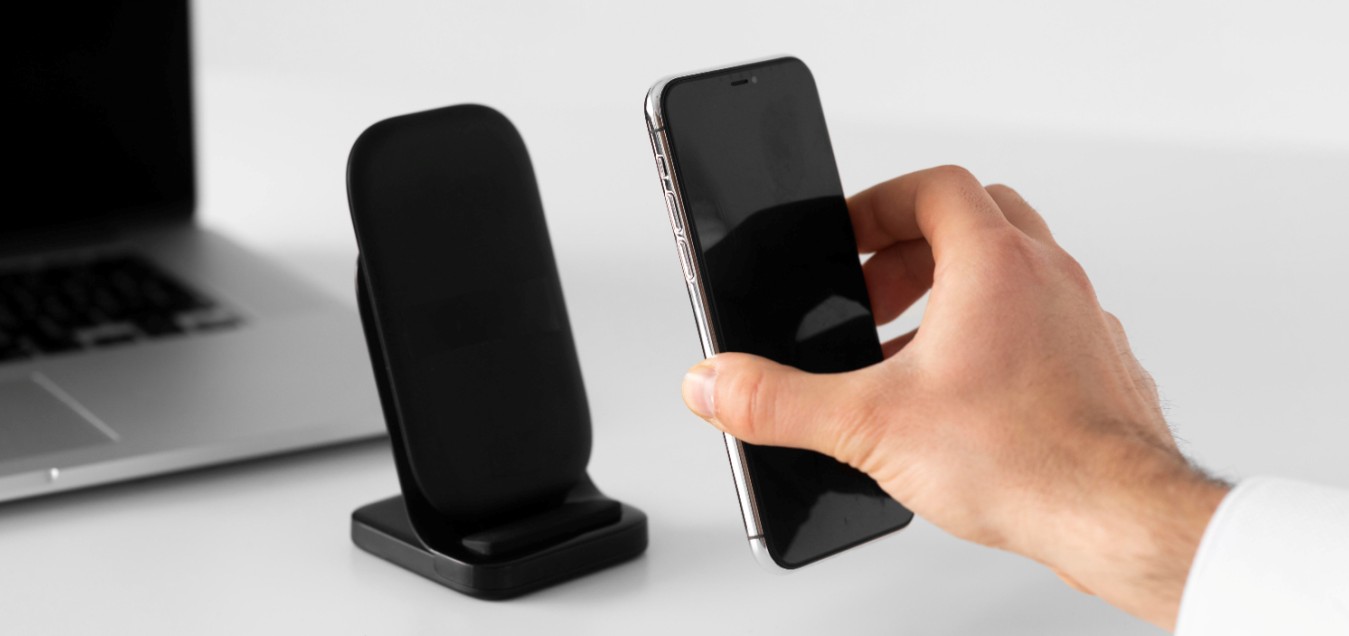How wireless charging works

How wireless charging works? Modern technology makes our lives easier, and wireless charging is one such example. It allows you to charge devices without the need for a physical cable connection, using the principles of electromagnetic induction. When did wireless charging appear?
Let’s take a closer look at How wireless charging works
Basics of electromagnetic induction
Wireless charging is based on the principles discovered by Michael Faraday in 1831. Electromagnetic induction is a phenomenon where an alternating magnetic field creates an electric current in a conductor. Wireless charging is based on two key components:
The transmitter is a coil located in the charging base station. It creates an alternating magnetic field when an electric current passes through it.
The receiver is a coil integrated into the device that needs charging. It captures the alternating magnetic field and converts it into an electric current that charges the battery.
Wireless Charging Technologies
There are several wireless charging standards, the most common of which is Qi (pronounced “Chee”), developed by the Wireless Power Consortium (WPC). This standard is supported by most modern smartphones, smartwatches, and other gadgets. In addition to Qi, there are other technologies such as PMA (Power Matters Alliance) and A4WP (Alliance for Wireless Power).
Inductive Charging
This method involves the use of two coils – a transmitting and receiving coil. The distance between them is usually limited to a few millimeters. For effective charging, the device must be placed squarely on the charging surface.
Resonant Charging
Resonant charging uses the same concept, but with additional tuning of the coil frequencies. This technology allows devices to be charged over a greater distance (up to a few centimeters) and even through small obstacles, such as a wooden table.
Advantages of Wireless Charging
Convenience – no need for cables.
Reduced port wear — the lack of frequent cable connections reduces the risk of mechanical damage.
Compatibility — one charger can charge different gadgets (provided that the same standard is supported).
Disadvantages
Lower efficiency — some energy is lost during transmission.
Slower charging speed — compared to wired charging, especially high-speed.
Sensitivity to location — the device must be correctly positioned on the charging station.
More details about the disadvantages are written here.
Development prospects
Wireless charging technologies are constantly improving. Future developments may include charging at a distance of up to several meters, the use of microwave and laser technologies, as well as the integration of charging systems into furniture and public spaces.
Conclusion
Wireless charging is a convenient and promising technology that already makes our lives more comfortable today. It has its drawbacks, but technological development promises to minimize them in the future, opening up new horizons for innovation.









